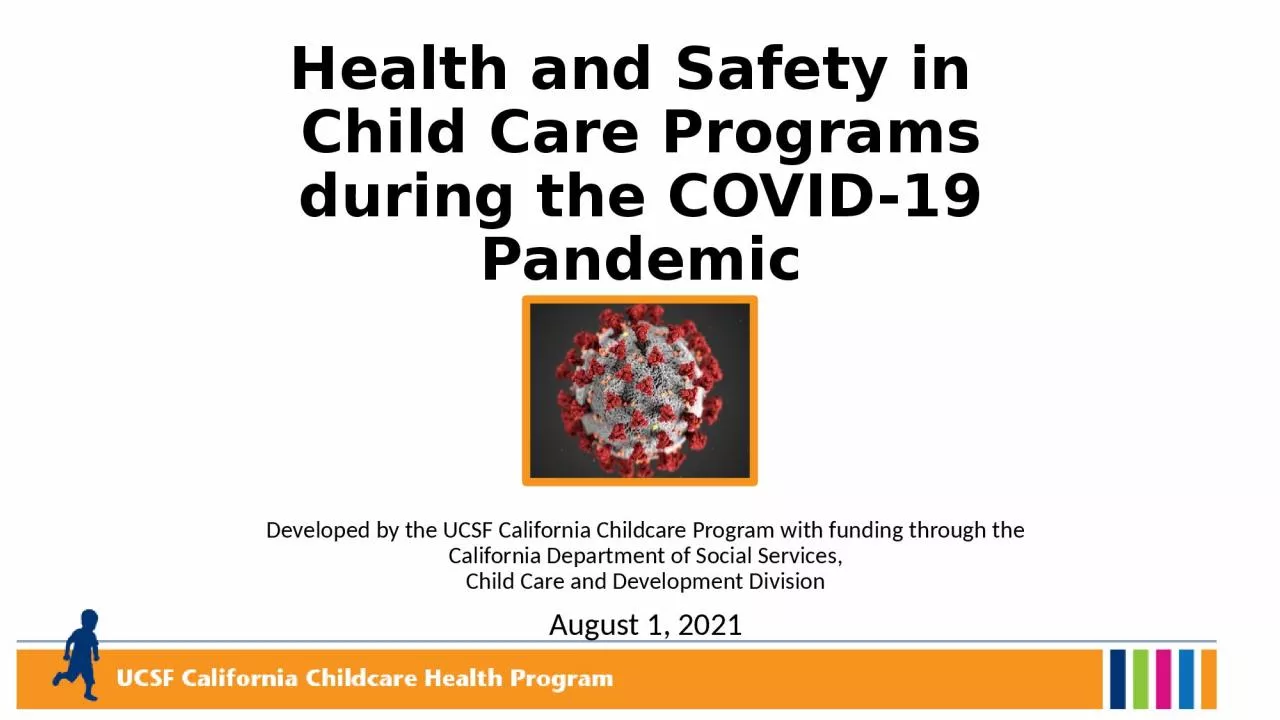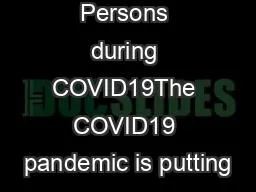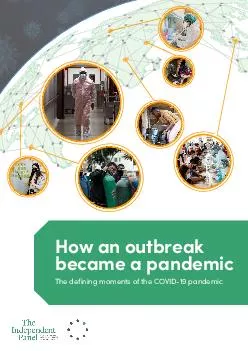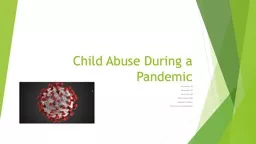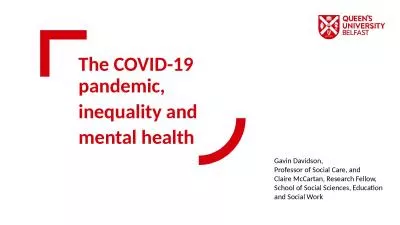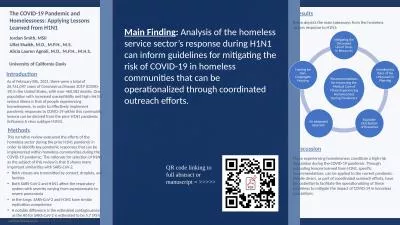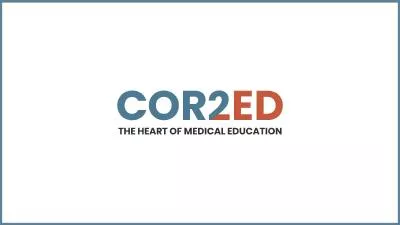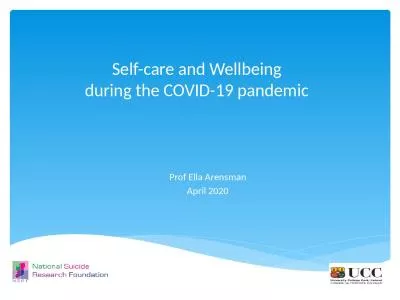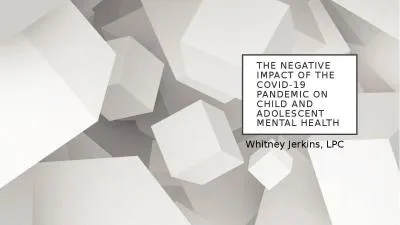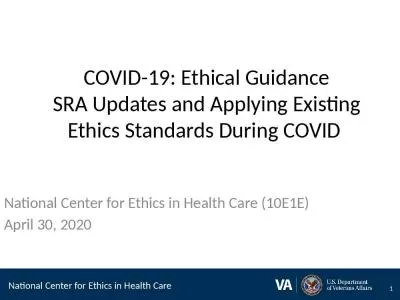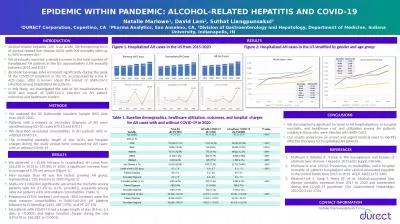PPT-Health and Safety in Child Care Programs during the COVID-19 Pandemic
Author : LaughsALot | Published Date : 2022-08-04
Developed by the UCSF California Childcare Program with funding through the California Department of Social Services Child Care and Development Division August 1
Presentation Embed Code
Download Presentation
Download Presentation The PPT/PDF document "Health and Safety in Child Care Program..." is the property of its rightful owner. Permission is granted to download and print the materials on this website for personal, non-commercial use only, and to display it on your personal computer provided you do not modify the materials and that you retain all copyright notices contained in the materials. By downloading content from our website, you accept the terms of this agreement.
Health and Safety in Child Care Programs during the COVID-19 Pandemic: Transcript
Download Rules Of Document
"Health and Safety in Child Care Programs during the COVID-19 Pandemic"The content belongs to its owner. You may download and print it for personal use, without modification, and keep all copyright notices. By downloading, you agree to these terms.
Related Documents

